Has the weather turned colder–or maybe even had the first frost? That’s when I start thinking about how to keep tomatoes alive over winter. After all, it’s wonderful to have fresh garden-grown tomatoes during winter. But what’s the best & easiest way to keep them alive during the cold months?
Tomatoes prefer temperatures between 65 – 80 degrees Fahrenheit, but can be kept alive at lower temperatures, ~40 degrees Fahrenheit. To keep tomatoes alive, keep the temperature above freezing, which kills the plant. Move plants indoors, or cover the plants with plastic to retain heat outdoors.
Tomatoes are one of the most rewarding garden plants to grow, since they’re easy to grow, and produce abundant fruit. But as cooler weather approaches, it’s natural to look at what you can do to keep your tomato plants alive during winter. Let’s dive in to find out how!
How long can a tomato plant live?
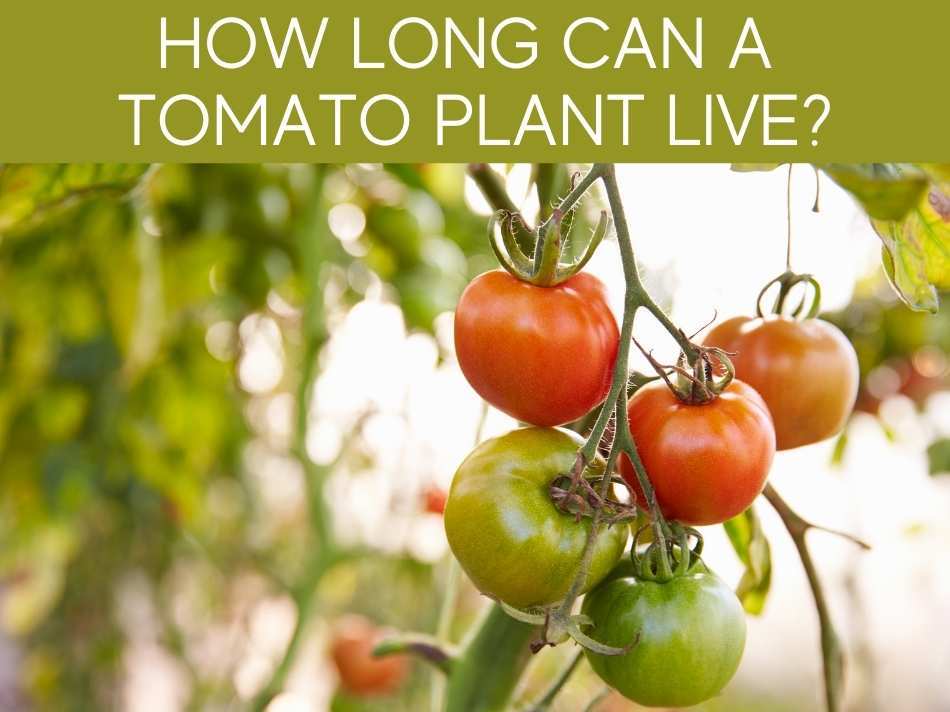
Tomatoes are technically a perennial plant–which means they can continue growing for multiple years.
However, in practice, tomatoes are grown as annuals, between the last spring frost and the first fall frost.
Commercial growers typically grow multiple crops of tomato plants in a single year.
For example, a first crop started early in spring, and a second crop started in mid-summer, especially in warm climates with longer growing seasons.
So, when grown as an annual a tomato plant generally lives up to 6 months on average, depending on the length of the growing season (i.e., your spring & fall frost dates).
Like I mentioned above, tomatoes are perennial plants, they have to be re-planted for a new season.
However, tomatoes can last up to 3 years under a greenhouse, if they’re grown under optimal conditions.
You’ll probably also want to check out our complete run-down on how you can grow more tomatoes.
Tomato plants normally can’t withstand temperatures below freezing.
So, to prolong their life, adequate light, nutrients, and especially temperature should be strictly monitored when grown indoors.
Temperature
Ideally, most tomato varieties do best when grown between 65 – 80 degrees Fahrenheit.
Temperature below 40 degrees Fahrenheit is considered extreme, and the tomato plant tends to struggle for its survival.
Nutrients
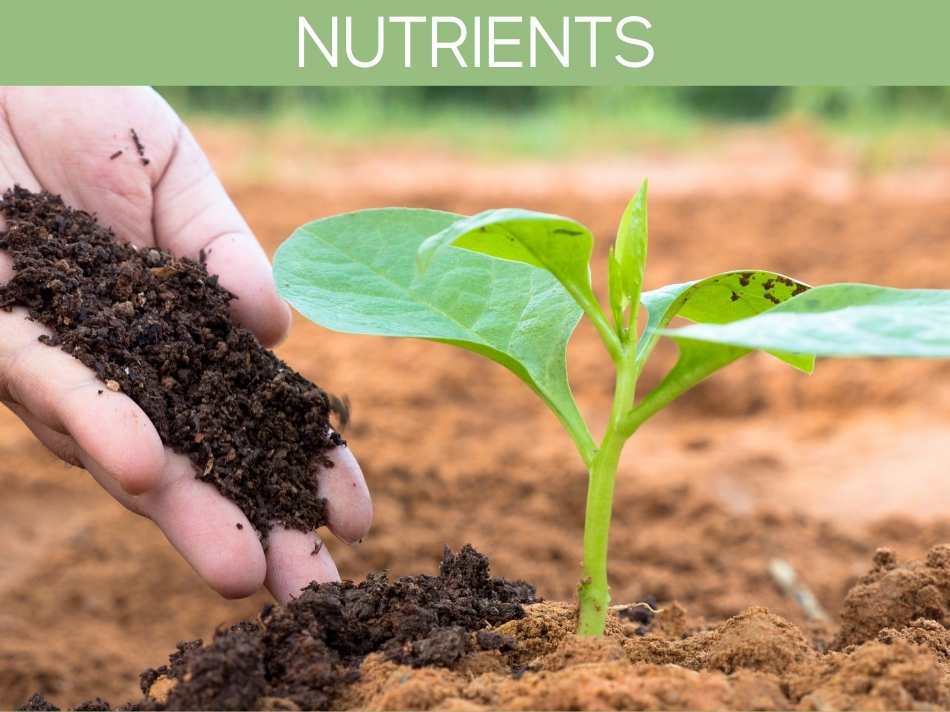
Tomatoes need an optimal amount of nutrients in order to survive.
There are three primary nutrients:
- nitrogen (N)
- phosphorus (P)
- potassium (K)
The letters N, P, & K denote the chemical elements for each–that’s why you’ll see the N-P-K data for fertilizers. That way, you can easily see the amount of each of those key nutrients.
Other nutrients that plants require include:
- calcium,
- magnesium,
- sulfur, and
- several micronutrients.
All these nutrients play their part in the process of photosynthesis as well.
Nitrogen, phosphorus, and potassium (NPK) are present in the highest quantity are present in most fertilizers.
Calcium, magnesium, and sulfur are required in small amounts and they are important for the growth of a plant.
- Magnesium is an important component of chlorophyll.
- Sulfur improves a plant’s ability to withstand cold temperatures. It also promotes protein development in the plant.
Micronutrients comprise:
- boron,
- zinc,
- copper,
- manganese,
- molybdenum, and
- iron.
Another important thing to keep in mind is that different nutrients are needed at different times in the plant’s life cycle.
For instance, calcium and magnesium increase the maturation of the plant, whereas nitrogen is important especially when the tomato plant starts flowering and fruiting.
Sunlight
Direct sunlight for a solid 6-8 hours is sufficient, but during flowering & fruiting, tomato plants do better with 10-12 hours, especially if you’re using artificial grow lights.
How long do tomato plants live?
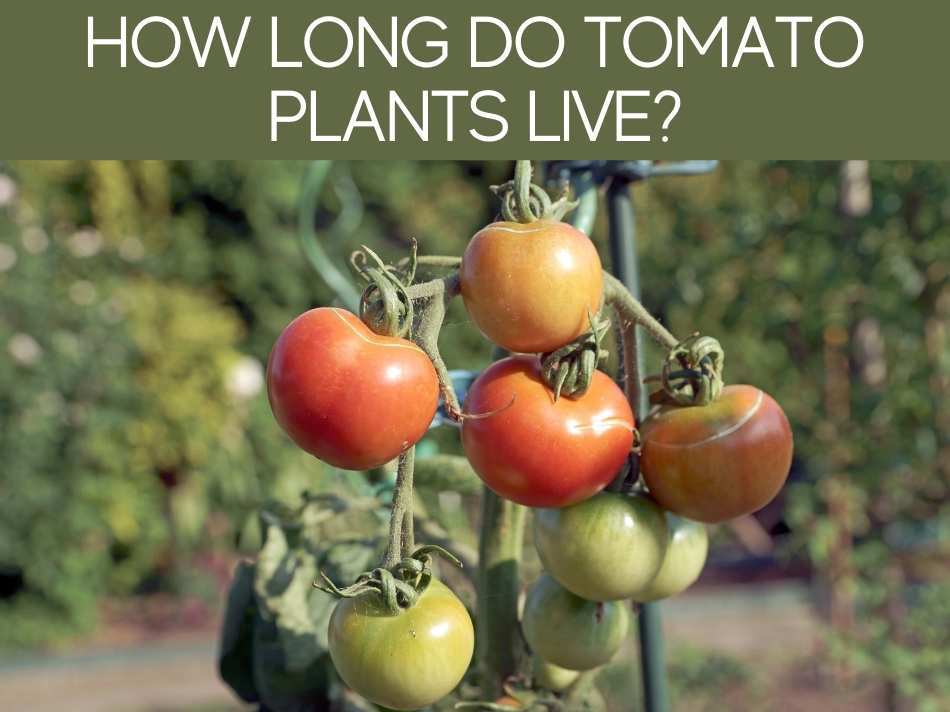
Do tomato plants tend to live forever?
Certainly not!
Every living being has to taste death, and so do tomatoes.
Tomatoes are grown as annuals.
Every season a new crop has to be replaced as they begin to wilt, and ultimately die when winters are approaching–especially after the first hard frost.
In their natural habitat–in the tropics & subtropics–tomato plants last up to 2 years.
However, after 2 years, they don’t produce abundant fruit.
You might also be curious to learn how long tomato plants produce tomatoes.
Placing and growing tomato plants inside a greenhouse can prolong their productivity for up to 3 years or more.
Tomato plants take up to 20-30 days until they mature, and after 45 to 70 days, they mature into fruits.
The duration of harvest determines the size of the ripe tomato.
Small tomatoes take less time to grow, whereas larger tomatoes take longer to mature.
A variety of extra-large tomatoes takes up to 85 days or more in maturing.
However, most tomato varieties take 40-50 days to mature the fruits.
How long do tomato plants live indoors?
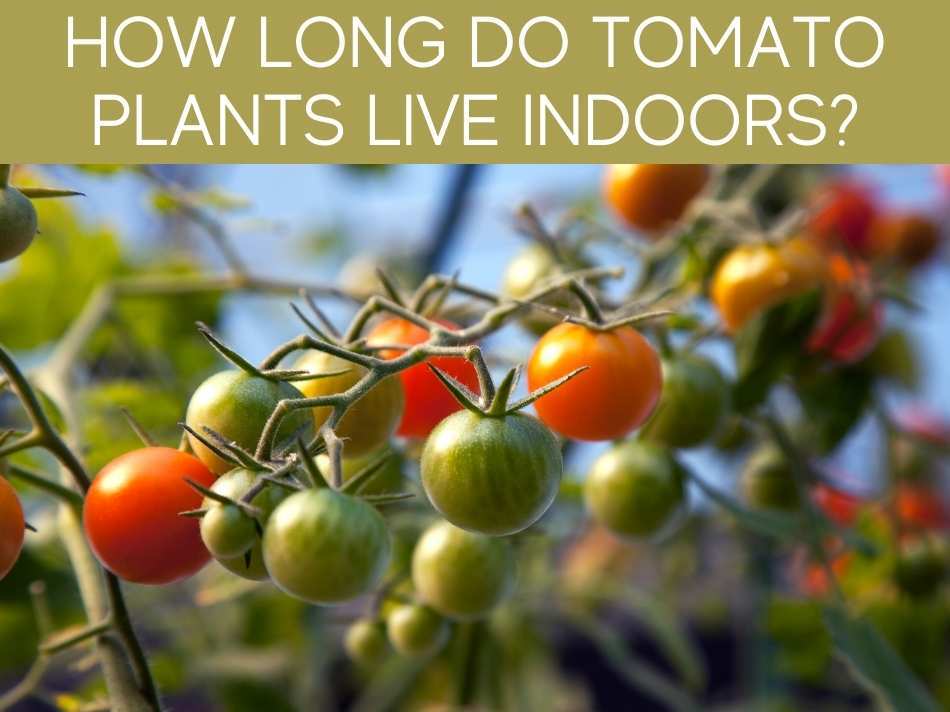
Can tomatoes really live indoors?
Yes, they surely can.
Tomato plants, if provided with appropriate water, nutrients, and sunlight, can live indoors for up to 2 – 3 years.
When growing them indoors, care should be taken that optimal conditions are provided for efficient growth.
Tomatoes can stay indoors for the longest time as long as they meet their ideal requirements.
Temperature is one of the key determinants, since tomato plants will die if exposed to temperatures below freezing.
An ideal temperature for the plant is 65 -80 degrees Fahrenheit.
The plant starts wilting at temperatures below 40 degrees Fahrenheit.
A greenhouse can certainly help them grow indoors and for the longest time.
The greenhouse can help prolong the duration of the cycle, and can extend the lifetime up to three years.
The use of grow lights is also an excellent alternative for sunlight.
Can you keep a tomato plant alive all year?
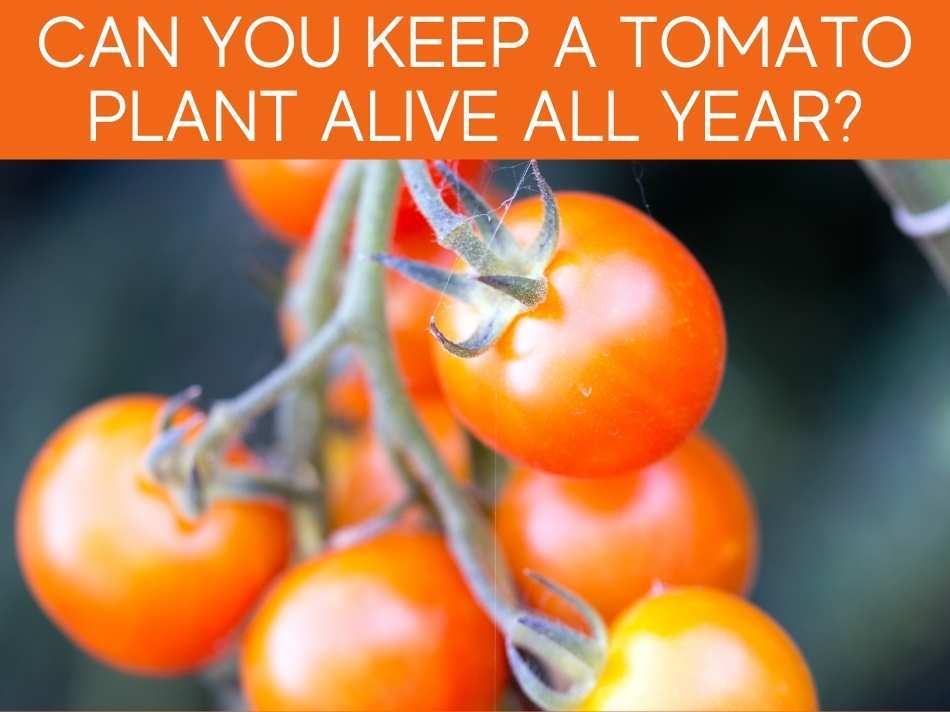
Greenhouse! Greenhouses or other indoor locations are ideal if you want to keep your tomato plant alive all year.
A proper routine and care regimen needs to be followed to increase the time of the crop.
In a greenhouse, a plant needs water, light, and nutrients for optimal growth.
The best thing about a greenhouse is that no specific time-of-year or seasonality needs to be followed for planting seeds.
The plant can even grow indoors while the temperatures & weather outdoors are harsh & cold.
The tomatoes can be grown all year-round, and a high yield can be achieved.
That’s how the most productive commercial greenhouse growers–for example, in the Netherlands, which is the top food exporter in Europe.
How do you keep tomato plants alive indoors?
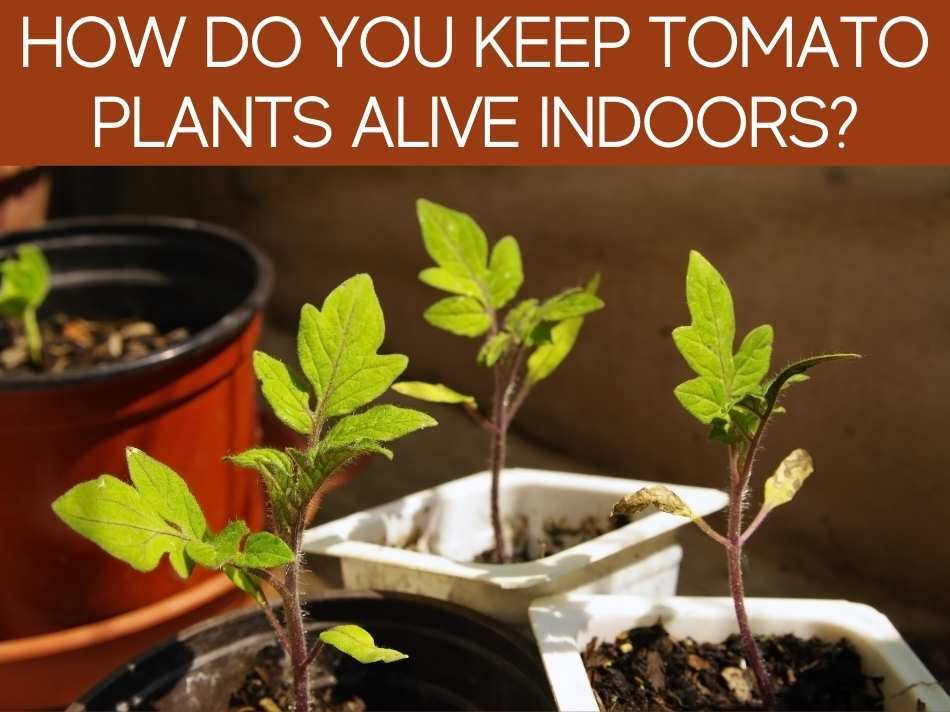
It takes a slightly longer time to grow tomatoes inside compared to growing them outside–typically because the amount of light received indoors is less than outdoors during cooler months.
In indoor settings, the plant produces less and small fruit. There need to be certain practices to be followed if you’re trying to plant tomato plants inside.
Optimal Sunlight
A pot with a drainage hole is required and needs to be placed in maximum sunlight.
Changing the direction of the plant would help every part to receive the sunlight, so every two to three weeks turn the plant.
Using Grow Lights
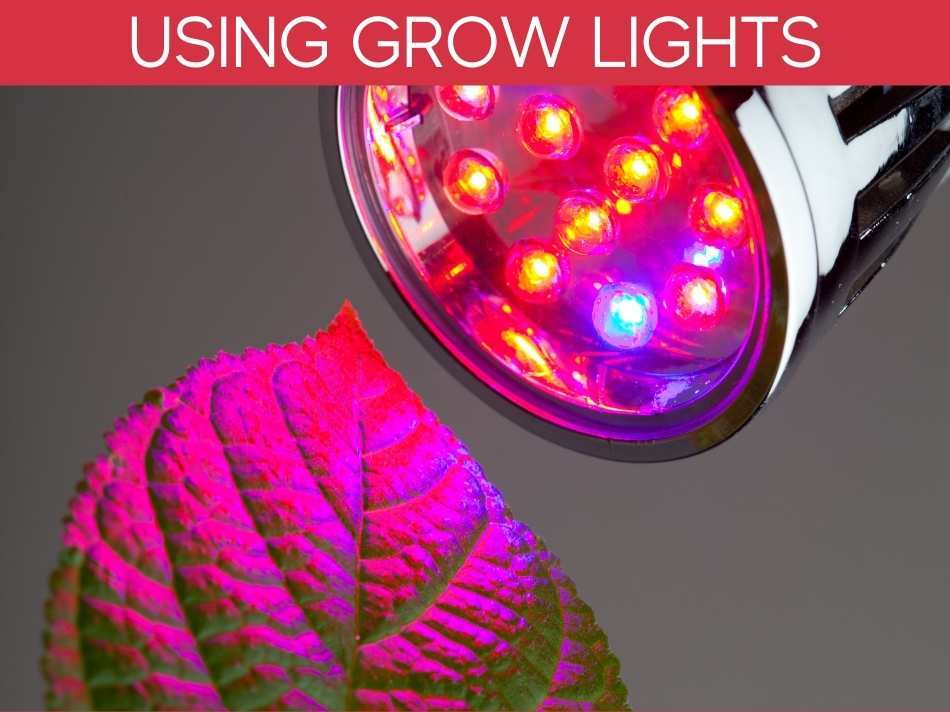
Grow lights that emit full-spectrum are ideal as a supplement for 16 hours per day.
Typically, grow lights that are either LED or fluorescent lights work well.
Make sure not to place the lights too close or too far from the plants.
Ideally, most grow lights should be at least 3-4 inches away from the plant, though it depends on the type of light.
If you’re using LED grow lights, you’ll want to check out our complete answer for how far to place LED lights from plants.
And if you’re using HPS (high-pressure sodium) grow lights, we’ve got a full article on how far HPS lights should be from seedlings.
Water
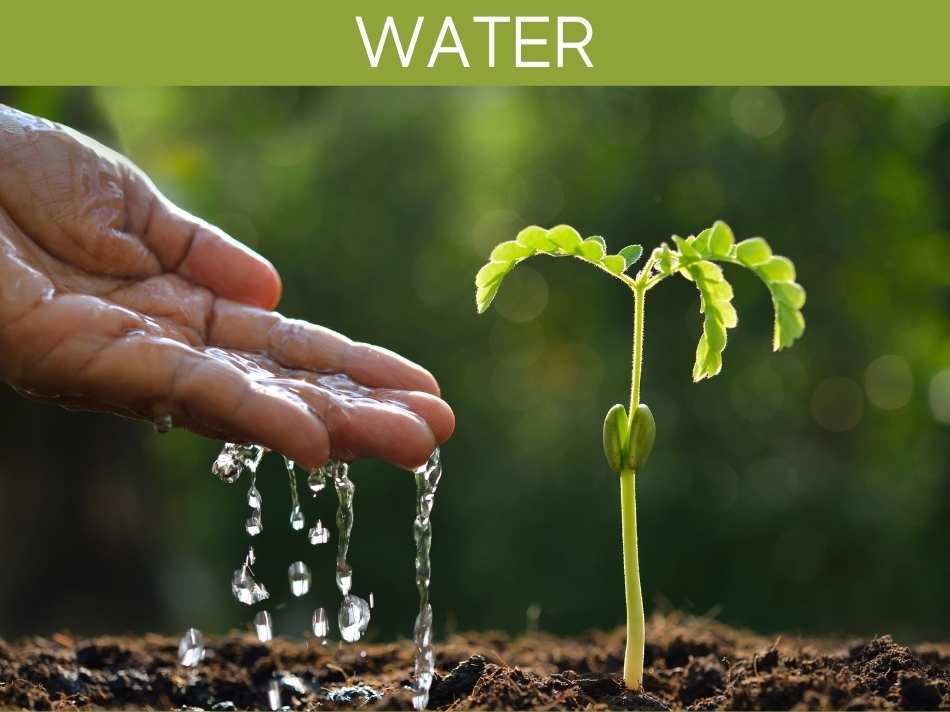
Like most plants–especially vegetables–make sure the soil is moist but not soggy.
Overwatering will damage roots, can potentially drown your plant, and can lead to root rot and fungal growth.
So, water once a week (or more often if needed) when the soil appears dry.
Fertilizing
Depending on the soil or growing medium, you might not need to use fertilizer.
You might be curious about growing without using soil at all.
Yes, that’s certainly possible, and many top commercial growers use hydroponics exclusively.
Check out our full overview on getting started with hydroponics.
If a soil test reveals nutrient deficiency, you can use either a liquid or solid/dry fertilizer, but go easy–you don’t want to over-fertilize.
Induce Pollination
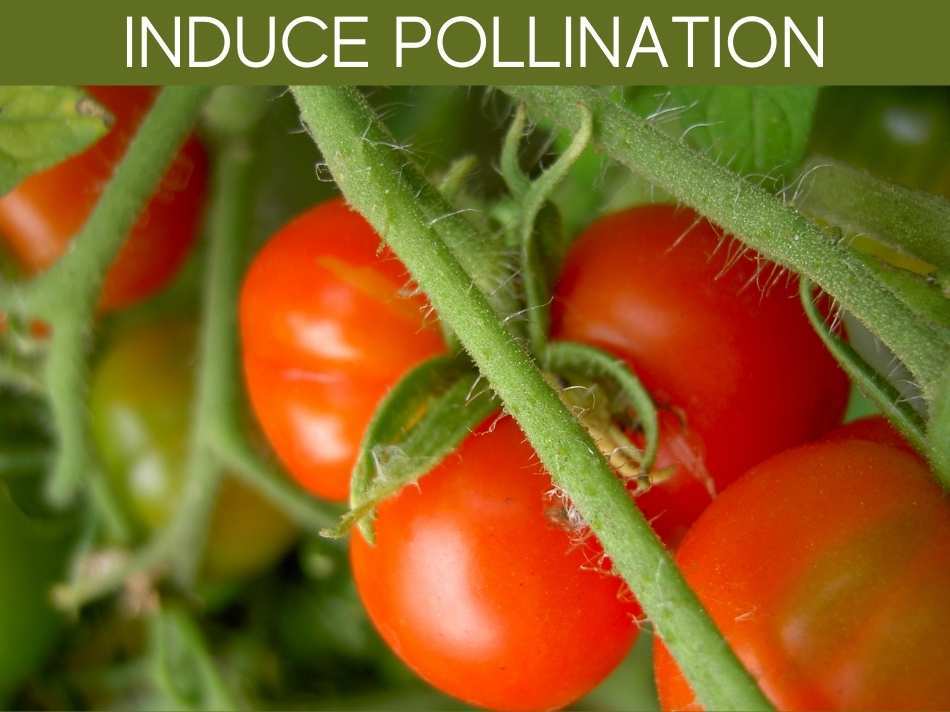
Butterflies, bees, and insects serve as pollinators.
Since you’re keeping the plant indoors, you’ll need to pollinate the tomato plants yourself.
However, it’s pretty straightforward, and you don’t have to hand-pollinate each flower.
Tomato pollination is a bit different, since tomatoes are self-pollinating.
To pollinate tomato plants, gently shake the stem of the plant when it’s in full bloom. This will help spread the pollen and in return produce more fruit.
Pests & disease
To get the jump on pests, keep an eye on your tomato plants periodically.
Generally, if you’re growing indoors, pests are less of a problem than outdoors.
Indoor-grown tomatoes tend to be more susceptible to fungal infections, especially if you overwater the plants.
Air Circulation
Indoor-grown plants typically need better air circulation, since indoors, air tends to be stagnant.
And stagnant air can lead to mold, fungal, & pest problems.
The easiest way to prevent those problems is to use a fan periodically throughout the day.
Stake the Plant
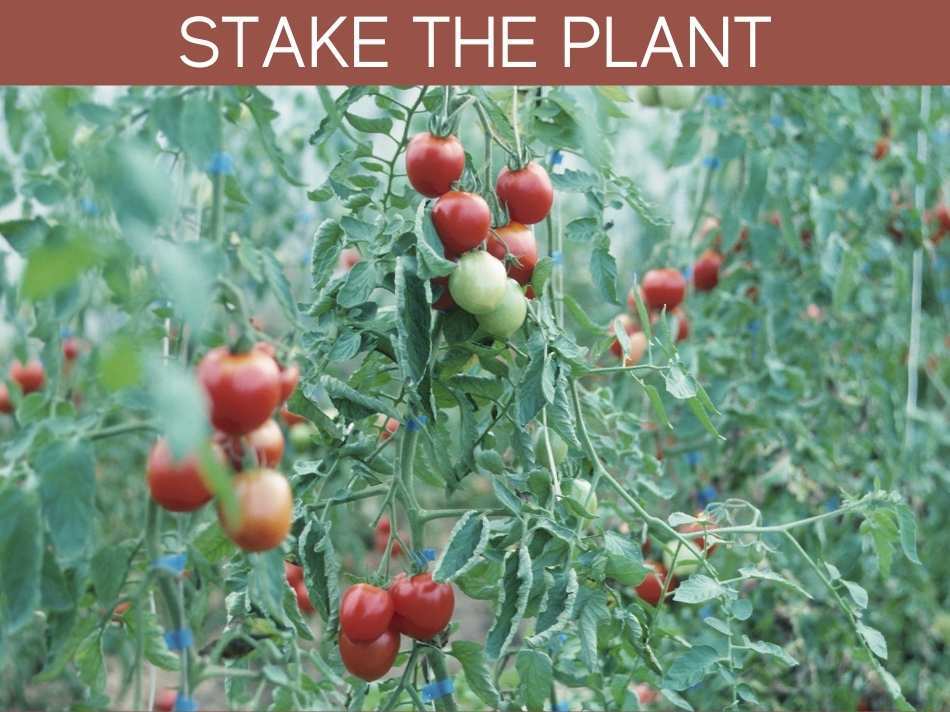
Tomatoes, since they’re actually a vine, will typically need some support as they grow.
That way, they’re not all splayed along the ground.
And, growing vertically allows you to maximize space, and create more productive plants.
In fact, we’ve got a complete article on vertical gardening.
Growing vertically via staking tomato plants also prevents disease, increase air flow, and makes it easier to harvest fruit.
Other Tips
Water the plant early in the morning. Deep watering is fantastic for the root system, since it encourages deeper root growth, instead of shallow roots near the soil surface.
Pinching off suckers (those little sprouts along the stem) will produce more fruit.
Summary
Tomatoes are the quintessential garden vegetable (technically a fruit…), but they can’t survive cold weather. Below 40 degrees Fahrenheit, they languish, and if exposed to freezing temperatures, they’ll die.
To grow during winter, they’ll need to be protected from cold temperatures–ideally indoors in a heated area.
A greenhouse is ideal if you want to keep the plant indoors and productive for longer periods.
Sunlight, temperature, and water are primary factors that contribute to the plant’s productivity. Therefore, their optimal range should be maintained.
